During the last 25 years, life expectancy at age 50 in the United States has been rising, but at a slower pace than in many other high-income countries, such as Japan and Australia. This difference is particularly notable given that the United States spends more on health care than any other nation. Concerned about this divergence, the National Institute on Aging asked the National Research Council to examine evidence on its possible causes. According to Explaining Divergent Levels of Longevity in High-Income Countries, the nation's history of heavy smoking is a major reason why lifespans in the United States fall short of those in many other high-income nations. Evidence suggests that current obesity levels play a substantial part as well. The book reports that lack of universal access to health care in the U.S. also has increased mortality and reduced life expectancy, though this is a less significant factor for those over age 65 because of Medicare access. For the main causes of death at older ages-cancer and cardiovascular disease-available indicators do not suggest that the U.S. health care system is failing to prevent deaths that would be averted elsewhere. In fact, cancer detection and survival appear to be better in the U.S. than in most other high-income nations, and survival rates following a heart attack also are favorable. Explaining Divergent Levels of Longevity in High-Income Countries identifies many gaps in research. For instance, while lung cancer deaths are a reliable marker of the damage from smoking, no clear-cut marker exists for obesity, physical inactivity, social integration, or other risks considered in this book. Moreover, evaluation of these risk factors is based on observational studies, which-unlike randomized controlled trials-are subject to many biases.
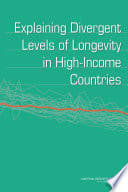
Average Rating
Informations
About the author
National Research Council, Division of Behavioral and Social Sciences and Education, Committee on Population, Panel on Understanding Divergent Trends in Longevity in High-Income Countries
Author
Explaining Divergent Levels of Longevity in High-Income Countries
by National Research Council, Division of Behavioral and Social Sciences and Education, Committee on Population, Panel on Understanding Divergent Trends in Longevity in High-Income Countries
Books Like Explaining Divergent Levels of Longevity in High-Income Countries
If you're looking for books similar to Explaining Divergent Levels of Longevity in High-Income Countries, here are some recommendations based on themes, tone, and narrative style.

Being Mortal
Atul Gawande
Critically examines end-of-life care and societal approaches to aging. Gawande explores the medical and cultural challenges of managing health in later life. The book provides compassionate insights into maintaining quality of life as people age. Offers a nuanced perspective on medical care, personal autonomy, and dignity in aging.
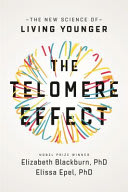
The Telomere Effect
Elizabeth Blackburn and Elissa Epel
Explores the scientific connection between cellular aging and overall health. The authors explain how lifestyle factors directly impact telomere length and cellular aging processes. Research demonstrates the profound influence of stress, nutrition, and environmental factors on biological aging. Provides actionable strategies for maintaining cellular health and potentially extending life expectancy.
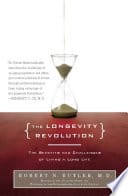
The Longevity Revolution
Robert N. Butler
A comprehensive exploration of aging in modern society, examining medical, social, and economic implications of increased life expectancy. The book discusses global demographic shifts and challenges facing healthcare systems. It provides insights into how societies can adapt to longer lifespans and improve quality of life for older populations. Butler offers a nuanced perspective on the scientific and societal aspects of aging.
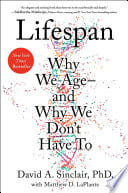
Lifespan
David Sinclair
Explores cutting-edge research in aging and potential interventions to slow or reverse aging processes. Sinclair presents revolutionary scientific perspectives on cellular aging and potential longevity strategies. The book discusses genetic and environmental factors that influence biological aging. Provides hope for future medical interventions to extend human healthspan.
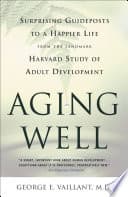
Aging Well
George E. Vaillant
A longitudinal study tracking individual health trajectories and factors that contribute to successful aging. The research examines psychological, social, and biological elements that influence long-term health outcomes. Vaillant provides evidence-based insights into how lifestyle choices and personal resilience impact longevity. The book offers a comprehensive understanding of aging beyond medical statistics.
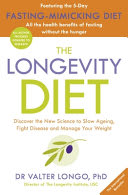
The Longevity Diet
Valter Longo
Examines nutritional strategies for extending human lifespan based on scientific research. Longo presents a comprehensive approach to diet that promotes cellular health and longevity. The book combines insights from global dietary patterns with cutting-edge scientific research. Offers practical dietary recommendations for improving long-term health outcomes.
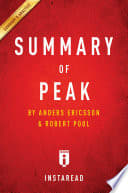
Peak
Anders Ericsson and Robert Pool
Investigates how deliberate practice and continuous learning impact personal development and potential longevity. The book explores how maintaining cognitive engagement can promote brain health. Ericsson provides scientific insights into skill development and mental resilience. Offers strategies for maintaining mental acuity throughout life.
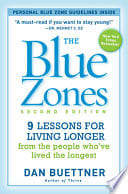
The Blue Zones
Dan Buettner
Investigates regions worldwide where people live significantly longer and healthier lives. The book identifies common lifestyle factors that contribute to exceptional longevity across different cultures. Buettner explores diet, social connections, physical activity, and environmental influences that promote extended life expectancy. Research-based insights provide practical strategies for improving personal health and longevity.
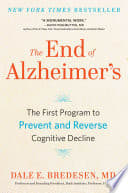
The End of Alzheimer's
Dale Bredesen
Offers a comprehensive approach to preventing and reversing cognitive decline. Bredesen presents a multifaceted strategy for maintaining brain health as people age. The book combines medical research with practical lifestyle interventions. Provides hope and actionable strategies for maintaining cognitive function in later life.
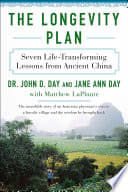
The Longevity Plan
John Day and Jane Ann Day
Examines lifestyle factors contributing to exceptional longevity in specific global regions. The book combines medical research with cultural insights into healthy aging. Authors provide practical strategies for improving overall health and well-being. Offers a holistic approach to maintaining health across different life stages.
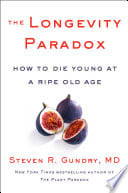
The Longevity Paradox
Steven Gundry
Investigates the complex relationship between diet, microbiome, and aging. The book explores how cellular health impacts overall longevity and well-being. Gundry provides scientific insights into how dietary choices influence biological aging processes. Offers practical strategies for maintaining cellular health and extending life expectancy.

The Circadian Code
Satchin Panda
Explores how biological rhythms impact overall health and potential longevity. Panda provides scientific insights into the importance of timing in biological processes. The book discusses how lifestyle choices can optimize cellular health and aging processes. Offers practical strategies for aligning daily activities with natural biological rhythms.
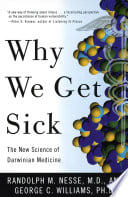
Why We Get Sick
Randolph Nesse and George Williams
Applies evolutionary perspective to understanding human health and disease. The book examines why certain health conditions persist from an evolutionary standpoint. Authors explore how historical survival mechanisms impact modern health challenges. Provides deep insights into the biological mechanisms underlying human vulnerability to disease.
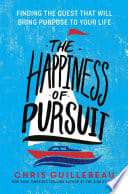
The Happiness of Pursuit
Chris Guillebeau
Explores how personal purpose and engagement contribute to overall well-being and potentially longevity. Guillebeau examines the psychological factors that promote meaningful living across different life stages. The book provides insights into maintaining mental and emotional health as people age. Offers perspective on the importance of continued personal growth and engagement.
No account connected — sign in to comment.
